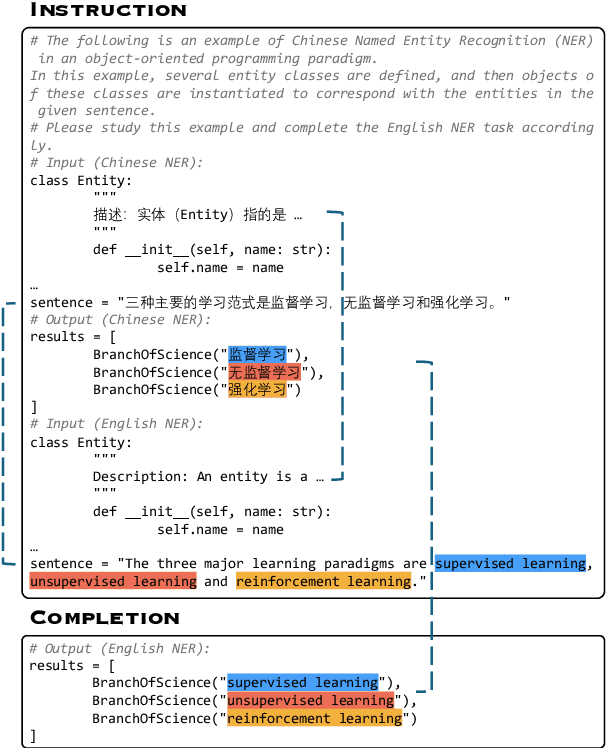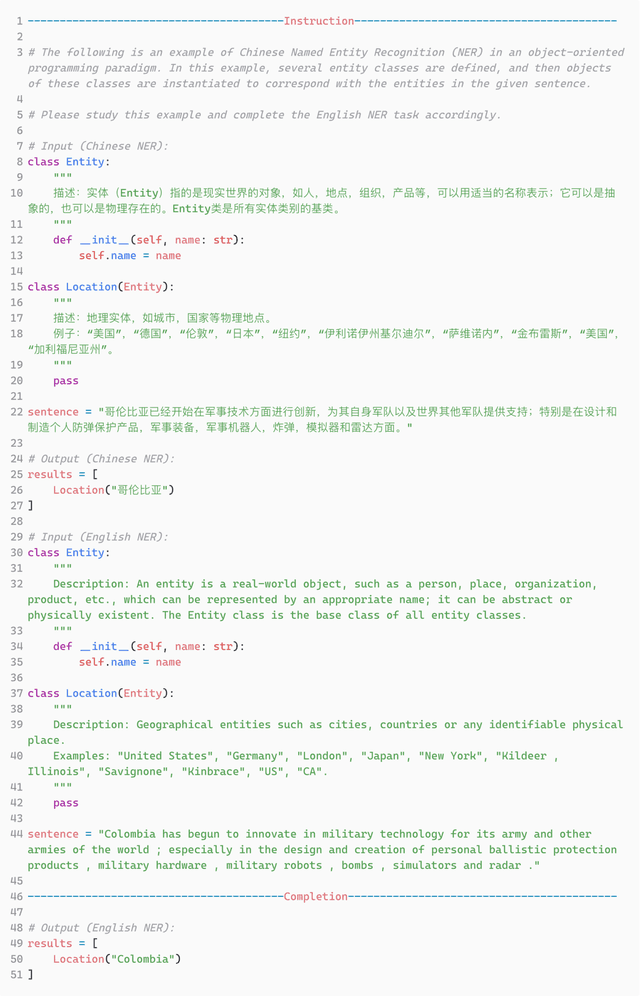Yutao Zeng
Frac-Connections: Fractional Extension of Hyper-Connections
Mar 18, 2025Abstract:Residual connections are central to modern deep learning architectures, enabling the training of very deep networks by mitigating gradient vanishing. Hyper-Connections recently generalized residual connections by introducing multiple connection strengths at different depths, thereby addressing the seesaw effect between gradient vanishing and representation collapse. However, Hyper-Connections increase memory access costs by expanding the width of hidden states. In this paper, we propose Frac-Connections, a novel approach that divides hidden states into multiple parts rather than expanding their width. Frac-Connections retain partial benefits of Hyper-Connections while reducing memory consumption. To validate their effectiveness, we conduct large-scale experiments on language tasks, with the largest being a 7B MoE model trained on up to 3T tokens, demonstrating that Frac-Connections significantly outperform residual connections.
HybridNorm: Towards Stable and Efficient Transformer Training via Hybrid Normalization
Mar 06, 2025Abstract:Transformers have become the de facto architecture for a wide range of machine learning tasks, particularly in large language models (LLMs). Despite their remarkable performance, challenges remain in training deep transformer networks, especially regarding the location of layer normalization. While Pre-Norm structures facilitate easier training due to their more prominent identity path, they often yield suboptimal performance compared to Post-Norm. In this paper, we propose $\textbf{HybridNorm}$, a straightforward yet effective hybrid normalization strategy that integrates the advantages of both Pre-Norm and Post-Norm approaches. Specifically, HybridNorm employs QKV normalization within the attention mechanism and Post-Norm in the feed-forward network (FFN) of each transformer block. This design not only stabilizes training but also enhances performance, particularly in the context of LLMs. Comprehensive experiments in both dense and sparse architectures show that HybridNorm consistently outperforms both Pre-Norm and Post-Norm approaches, achieving state-of-the-art results across various benchmarks. These findings highlight the potential of HybridNorm as a more stable and effective technique for improving the training and performance of deep transformer models. %Code will be made publicly available. Code is available at https://github.com/BryceZhuo/HybridNorm.
Scale-Distribution Decoupling: Enabling Stable and Effective Training of Large Language Models
Feb 21, 2025Abstract:Training stability is a persistent challenge in the pre-training of large language models (LLMs), particularly for architectures such as Post-Norm Transformers, which are prone to gradient explosion and dissipation. In this paper, we propose Scale-Distribution Decoupling (SDD), a novel approach that stabilizes training by explicitly decoupling the scale and distribution of the weight matrix in fully-connected layers. SDD applies a normalization mechanism to regulate activations and a learnable scaling vector to maintain well-conditioned gradients, effectively preventing $\textbf{gradient explosion and dissipation}$. This separation improves optimization efficiency, particularly in deep networks, by ensuring stable gradient propagation. Experimental results demonstrate that our method stabilizes training across various LLM architectures and outperforms existing techniques in different normalization configurations. Furthermore, the proposed method is lightweight and compatible with existing frameworks, making it a practical solution for stabilizing LLM training. Code is available at https://github.com/kaihemo/SDD.
SimpleVQA: Multimodal Factuality Evaluation for Multimodal Large Language Models
Feb 18, 2025Abstract:The increasing application of multi-modal large language models (MLLMs) across various sectors have spotlighted the essence of their output reliability and accuracy, particularly their ability to produce content grounded in factual information (e.g. common and domain-specific knowledge). In this work, we introduce SimpleVQA, the first comprehensive multi-modal benchmark to evaluate the factuality ability of MLLMs to answer natural language short questions. SimpleVQA is characterized by six key features: it covers multiple tasks and multiple scenarios, ensures high quality and challenging queries, maintains static and timeless reference answers, and is straightforward to evaluate. Our approach involves categorizing visual question-answering items into 9 different tasks around objective events or common knowledge and situating these within 9 topics. Rigorous quality control processes are implemented to guarantee high-quality, concise, and clear answers, facilitating evaluation with minimal variance via an LLM-as-a-judge scoring system. Using SimpleVQA, we perform a comprehensive assessment of leading 18 MLLMs and 8 text-only LLMs, delving into their image comprehension and text generation abilities by identifying and analyzing error cases.
Over-Tokenized Transformer: Vocabulary is Generally Worth Scaling
Jan 28, 2025Abstract:Tokenization is a fundamental component of large language models (LLMs), yet its influence on model scaling and performance is not fully explored. In this paper, we introduce Over-Tokenized Transformers, a novel framework that decouples input and output vocabularies to improve language modeling performance. Specifically, our approach scales up input vocabularies to leverage multi-gram tokens. Through extensive experiments, we uncover a log-linear relationship between input vocabulary size and training loss, demonstrating that larger input vocabularies consistently enhance model performance, regardless of model size. Using a large input vocabulary, we achieve performance comparable to double-sized baselines with no additional cost. Our findings highlight the importance of tokenization in scaling laws and provide practical insight for tokenizer design, paving the way for more efficient and powerful LLMs.
Ultra-Sparse Memory Network
Nov 19, 2024Abstract:It is widely acknowledged that the performance of Transformer models is exponentially related to their number of parameters and computational complexity. While approaches like Mixture of Experts (MoE) decouple parameter count from computational complexity, they still face challenges in inference due to high memory access costs. This work introduces UltraMem, incorporating large-scale, ultra-sparse memory layer to address these limitations. Our approach significantly reduces inference latency while maintaining model performance. We also investigate the scaling laws of this new architecture, demonstrating that it not only exhibits favorable scaling properties but outperforms traditional models. In our experiments, we train networks with up to 20 million memory slots. The results show that our method achieves state-of-the-art inference speed and model performance within a given computational budget.
AlignXIE: Improving Multilingual Information Extraction by Cross-Lingual Alignment
Nov 07, 2024



Abstract:Empirical evidence suggests that LLMs exhibit spontaneous cross-lingual alignment. Our findings suggest that although LLMs also demonstrate promising cross-lingual alignment in Information Extraction, there remains significant imbalance across languages, revealing an underlying deficiency in the IE alignment. To address this issue, we propose AlignXIE, a powerful code-based LLM that significantly enhances cross-lingual IE alignment through two strategies. Firstly, AlignXIE formulates IE across different languages, especially non-English ones, as code generation tasks, standardizing the representation of various schemas using Python classes to ensure consistency of the same ontology in different languages and align the schema. Secondly, it incorporates an IE cross-lingual alignment phase through a translated instance prediction task proposed in this paper to align the extraction process, utilizing ParallelNER, an IE bilingual parallel dataset with 257,190 samples, generated by our proposed LLM-based automatic pipeline for IE parallel data construction, with manual annotation to ensure quality. Ultimately, we obtain AlignXIE through multilingual IE instruction tuning. Although without training in 9 unseen languages, AlignXIE surpasses ChatGPT by $30.17\%$ and SoTA by $20.03\%$, thereby demonstrating superior cross-lingual IE capabilities. Comprehensive evaluations on 63 IE benchmarks in Chinese and English under various settings, demonstrate that AlignXIE significantly enhances cross-lingual and multilingual IE through boosting the IE alignment.
Polynomial Composition Activations: Unleashing the Dynamics of Large Language Models
Nov 06, 2024Abstract:Transformers have found extensive applications across various domains due to the powerful fitting capabilities. This success can be partially attributed to their inherent nonlinearity. Thus, in addition to the ReLU function employed in the original transformer architecture, researchers have explored alternative modules such as GeLU and SwishGLU to enhance nonlinearity and thereby augment representational capacity. In this paper, we propose a novel category of polynomial composition activations (PolyCom), designed to optimize the dynamics of transformers. Theoretically, we provide a comprehensive mathematical analysis of PolyCom, highlighting its enhanced expressivity and efficacy relative to other activation functions. Notably, we demonstrate that networks incorporating PolyCom achieve the $\textbf{optimal approximation rate}$, indicating that PolyCom networks require minimal parameters to approximate general smooth functions in Sobolev spaces. We conduct empirical experiments on the pre-training configurations of large language models (LLMs), including both dense and sparse architectures. By substituting conventional activation functions with PolyCom, we enable LLMs to capture higher-order interactions within the data, thus improving performance metrics in terms of accuracy and convergence rates. Extensive experimental results demonstrate the effectiveness of our method, showing substantial improvements over other activation functions. Code is available at https://github.com/BryceZhuo/PolyCom.
Hyper-Connections
Sep 29, 2024



Abstract:We present hyper-connections, a simple yet effective method that can serve as an alternative to residual connections. This approach specifically addresses common drawbacks observed in residual connection variants, such as the seesaw effect between gradient vanishing and representation collapse. Theoretically, hyper-connections allow the network to adjust the strength of connections between features at different depths and dynamically rearrange layers. We conduct experiments focusing on the pre-training of large language models, including dense and sparse models, where hyper-connections show significant performance improvements over residual connections. Additional experiments conducted on vision tasks also demonstrate similar improvements. We anticipate that this method will be broadly applicable and beneficial across a wide range of AI problems.
Self-Improvement Programming for Temporal Knowledge Graph Question Answering
Apr 02, 2024



Abstract:Temporal Knowledge Graph Question Answering (TKGQA) aims to answer questions with temporal intent over Temporal Knowledge Graphs (TKGs). The core challenge of this task lies in understanding the complex semantic information regarding multiple types of time constraints (e.g., before, first) in questions. Existing end-to-end methods implicitly model the time constraints by learning time-aware embeddings of questions and candidate answers, which is far from understanding the question comprehensively. Motivated by semantic-parsing-based approaches that explicitly model constraints in questions by generating logical forms with symbolic operators, we design fundamental temporal operators for time constraints and introduce a novel self-improvement Programming method for TKGQA (Prog-TQA). Specifically, Prog-TQA leverages the in-context learning ability of Large Language Models (LLMs) to understand the combinatory time constraints in the questions and generate corresponding program drafts with a few examples given. Then, it aligns these drafts to TKGs with the linking module and subsequently executes them to generate the answers. To enhance the ability to understand questions, Prog-TQA is further equipped with a self-improvement strategy to effectively bootstrap LLMs using high-quality self-generated drafts. Extensive experiments demonstrate the superiority of the proposed Prog-TQA on MultiTQ and CronQuestions datasets, especially in the Hits@1 metric.
 Add to Chrome
Add to Chrome Add to Firefox
Add to Firefox Add to Edge
Add to Edge